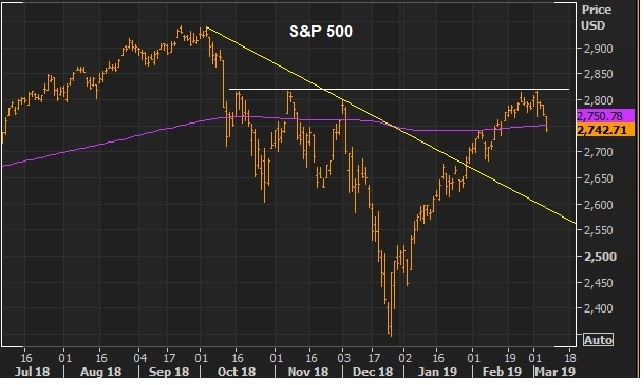January 4, 2023
On this day a year ago the stock market posted the all-time high.
If you recall, coming into 2022, the Fed, staring down the barrel of 7% inflation, told us that they would tame inflation, and land close to their target of 2% by the end of 2022. And, they told us that they would do so while producing a 4% growth economy (well above trend) at 3.5% unemployment (near record levels) — all while keeping the Fed Funds rate under 1%.
What did they do? They took rates above 4%, crushed growth (induced a technical recession) and didn’t get near their inflation target.
As I said in my Pro Perspectives note last year this time, a new year can often come with regime change in markets.
We had the extreme of regime change.
Not only did we go from an easing to a tightening cycle, for global monetary policy. But we went from a long-era of low inflation, and ultra-easy money, to a high inflation, and inflation fighting policy.
We went from a fed that was a fervent defender of financial market stability, and promoter of economic prosperity, to a Fed that explicitly attacked jobs and demand, and went to great lengths to talk down the stock market (in effort to tighten financial conditions).
With that about face, for anyone looking to earn investment returns, much less preserve buying power against inflation, there were few places to hide. Not only did stocks do poorly, but bonds did worse — an outcome with few historical reference points in down stock markets and higher uncertainty environments.
The good news: The rate-of-change in monetary policy tightening will slow dramatically this year (and could possibly be a zero rate-of-change, which would be a positive surprise for markets). The rate-of-change in the fiscal policy madness will be zero, with a split Congress (= gridlock). The latter takes pressure off of the Fed.
Remember, the Fed was ready to pause on rates at 2.25% back in July. That was before the Biden White House and democrat-controlled Congress decided to greenlight another $1 trillion-plus spending binge. The Fed won’t get sideswiped with any more ofthese surprises, with a split Congress.
On a related note, remember, going back to 1950, there has never been a 12-month period, following a midterm election, in which stocks were down. And the average one-year return following the eighteen midterm elections of the past seventy years was 15% (about double the long-term average return of the S&P 500).
Keep in mind, markets have priced in a lot of negative expectations (from the rate path, to earnings erosion, to recession). That sets up for positive surprises. Stocks like positive surprises.
What is among the best performing asset coming out of a bear market in stocks? Small cap value stocks. That’s precisely what we hold in our Billionaire’s Portfolio (with the extra kicker of a catalyst, often from the direct influence of a billionaire investor). We significantly outperformed broader markets in 2022, and are positioned to have an explosive bounce in 2023 (perhaps similar to what we saw in 2016, where we bounced 40 percentage points from the low point of the broader market correction — outpacing the S&P by 2 to 1).
Click here to join me, and get your portfolio in line with ours.






